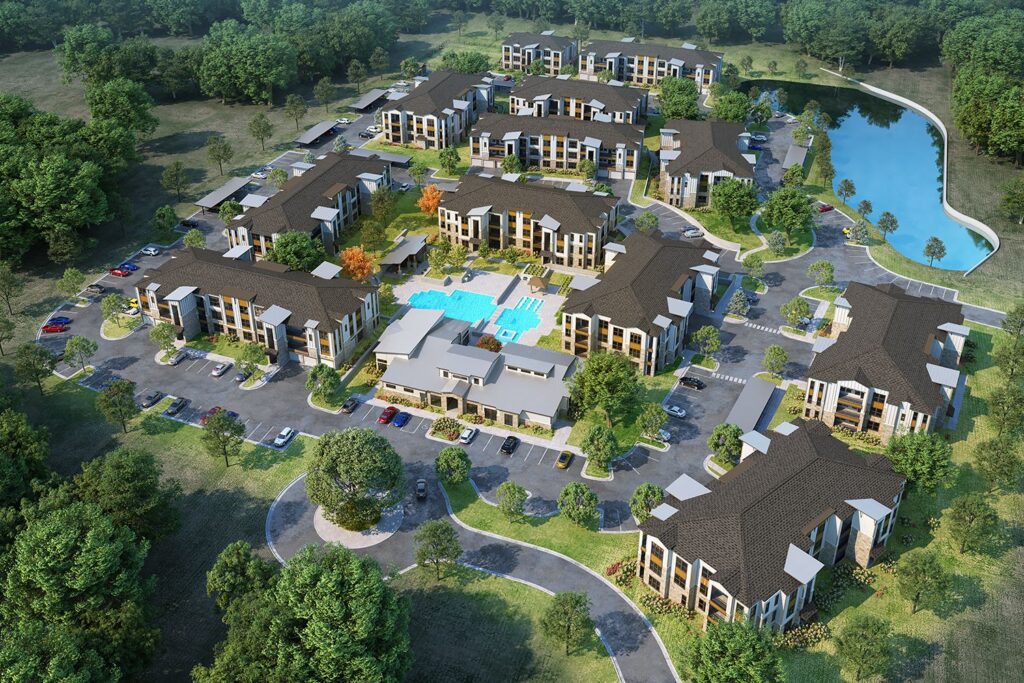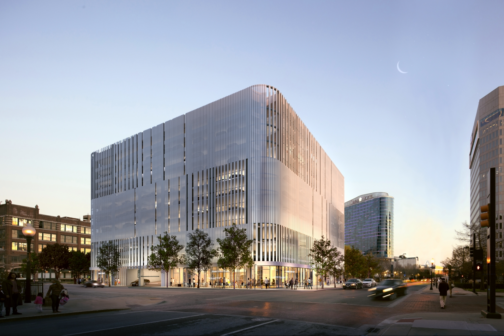It’s no secret that single-family rentals (SFRs) and build-to-rent (BTR) houses are in high demand. This product type allows households plenty of space and mobility, without worrying about the high costs of home ownership. As more renters want to live in SFRs, more developers are jumping into the space to offer BTR homes and communities.

We are seeing two basic types of BTR products. First, are single-family homes built on platted lots that make up an entire neighborhood of rental homes due to a developer’s control of multiple lots. The second is what we refer to as “horizontal multifamily” – these homes are not built on platted lots but are platted as an apartment project would be platted, typically built on commercial land that is rezoned to allow for this product type.
Demand for financing is strong, but this asset class is still relatively new, so a great deal of uncertainty exists regarding how to obtain financing for development. BTR homes are different from apartments and for-sale homes. Because of this, lenders want the following from BTR borrowers.
Experience
Lenders want assurance that developers have a track record with similar property types. “Similar,” in this case, means that developers have previous experience with for-sale or for-rent single-family homes. Though the structures under development are slated for rent, versus for sale, developing three- and four-bedroom houses require different knowledge of zoning, platting, labor, product types, and construction requirements, versus multi-family structures.
Numbers
Developers involved with for-sale single-family homes can offer pre-sales and anticipated sales figures to lenders. This isn’t the case for BTR developers. BTR borrowers should offer proposed net operating income metrics, along with projected rental rates and anticipated increases. Other numbers can include loan-to-value estimates and capitalization rates.
Market Conditions
Lenders want assurance that BTR developers understand the area and market conditions in which they’re proposing to build. This requires a well-researched market study focused on the following:
Supply. In this case, “supply” refers to rental housing units, versus for-sale homes. The information should consider single-family rental homes and apartments located within a 10-mile radius of the target development site. It’s important to include all apartments including those currently under construction.
Demand. Just as important as providing supply numbers is highlighting housing demand metrics. Fundamentals information should include population growth (specifically, families with children) and area job growth. The lender wants assurance that there are enough households in the target area to absorb the supply, and that those households can afford to pay the asking rent. Psychographic information is important too, as it explains why householders would gravitate to BTRs versus apartments.
School districts. School district rankings are a must-have in this study, because of BTR household demographics. Families with children are likely to be the prime renters; those families will want to be in neighborhoods with higher-ranked schools. If those schools are close to the targeted development site (within walking distance), it is another added benefit to highlight.
Neighborhood amenities. Ideal neighborhood amenities for BTRs should include community retail (grocery stores and pharmacies), healthcare facilities, and family-friendly restaurants and entertainment. An added plus includes pocket parks, recreational facilities, and hike-and-bike trails.
Capital is available for financing BTR developments. We were one of the first lenders to recognize this opportunity starting back in 2017 and are now one of the leaders in the U.S. when it comes to financing this product type. We’ve expanded our financing in the space, and there is every indication that this product type will be in demand for the foreseeable future, but lenders examine different requirements when it comes to home rentals. A borrower’s ability to access BTR funding depends on proving to the lender that the product will appeal to the target audience and generate enough cash flow.
John Hutchinson is vice chairman and global head of origination for Trez Capital.






